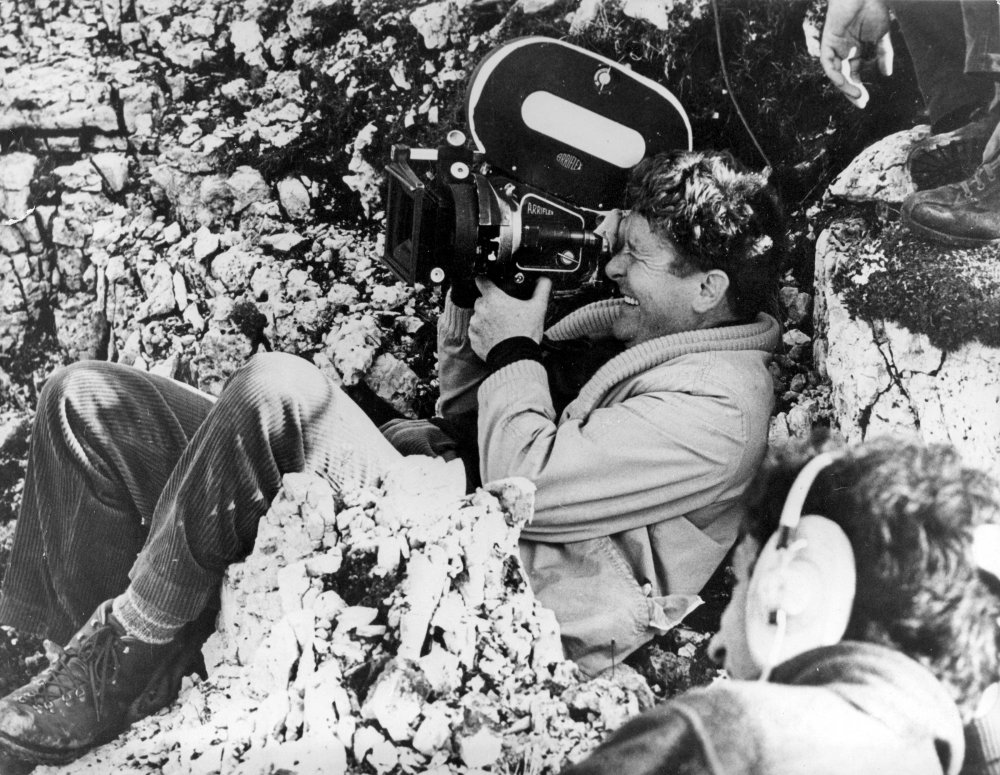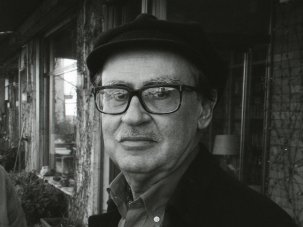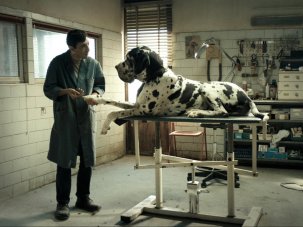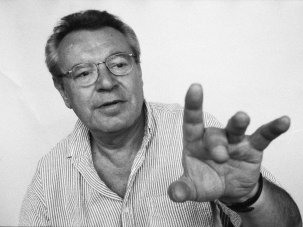Less than a month after the death of Vittorio Taviani, Italian cinema has lost another of the most important figures of the post-neorealist era with the death of the Lombardy-born filmmaker Ermanno Olmi.
Like Tuscan brothers Paolo and Vittorio Taviani, Olmi came to international prominence in the 1960s before reaching the high point of his critical success in the late 70s. The Tavianis and Olmi won Cannes’ Palme d’Or in consecutive years (1977 and 1978) for their strikingly distinct visions of peasant life. The Tavianis’ Padre Padrone focused on the true story of a young shepherd struggling to break free from paternal tyranny, while Olmi’s The Tree of Wooden Clogs chronicled the lives of peasant families in Lombardy in the late 1800s and was based on Olmi’s childhood memories of time spent with his grandmother.
Both Padre Padrone and The Tree of Wooden Clogs were heavily indebted to the unadorned style of Roberto Rossellini. Indeed, Olmi frequently spoke of his strong kinship with the celebrated director of Rome, Open City (1950), Paisà (1948) and Germany, Year Zero (1949). In a 1980 interview, critic Aldo Tassone suggested that Olmi seemed to privilege character over elaborate camerawork, and that his films perhaps lacked a distinctive authorial stamp. “In filmmaking, too much importance is given to the camera,” he replied. “We are too in thrall to it. If there’s a man who showed that he was not in the least conditioned by the medium, it’s Rossellini… Some directors are more preoccupied with beautiful images, what goes into the shot rather than the life they have to portray.”
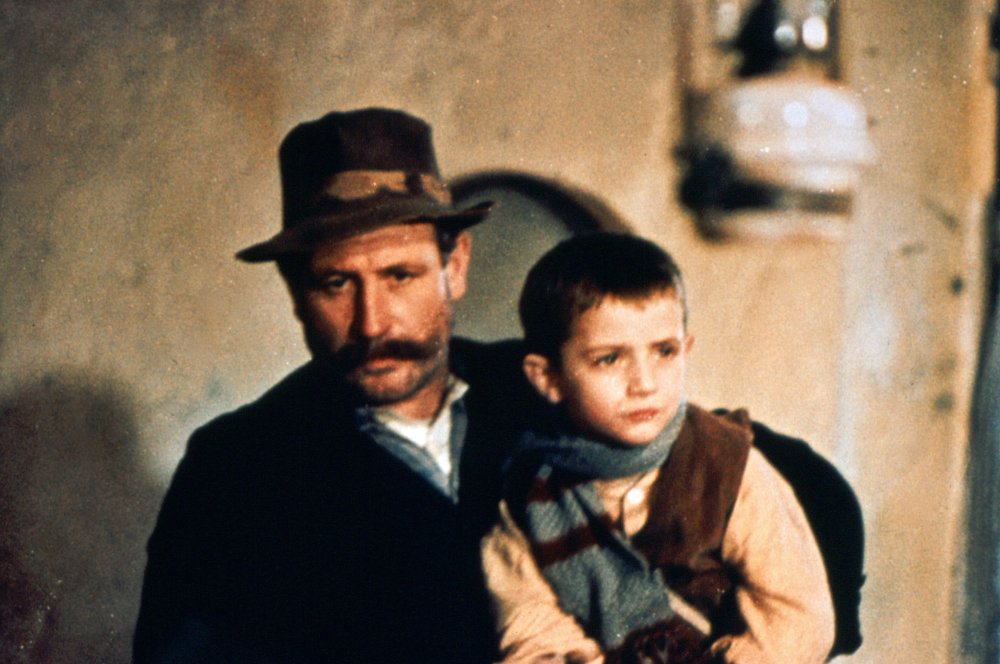
The Tree of Wooden Clogs (1978)
Olmi’s entry into filmmaking was not through film school or even film criticism, but through the world of work. With Italy’s post-war revival gathering momentum, he started work at the offices of energy company Edison in Milan. Having developed a passion for the theatre, especially the work of American playwrights Thornton Wilder and Tennessee Williams, he became involved in various amateur productions that toured branches of Edison across the country.
He was determined that these shows were made accessible to workers in even the most remote of Edison offices, not just by staff in the big cities. Pleased with their employee’s efforts, the company decided to loan Olmi a 16mm camera. “With the company’s camera, I began making films about their staff’s after work activities,” he told Tassone. “Fishing competitions, skiing tournaments, trips etc… After this period of apprenticeship, I turned to filming more demanding subjects such as the building of a dam or a power plant.”
By the end of the 1950s, Olmi had established himself as a documentarist, but while still working for Edison, he wrote the screenplay for his first fiction film Time Stood Still (1959). Shot in CinemaScope, with live sound and with non-professional actors, it tells of the tentative dialogue that develops between a young worker and his older colleague while both are stationed at a hydroelectric station in the mountains of northern Italy. The film was well received, even gaining the approval of one of the towering figures of neorealism, Cesare Zavattini (screenwriter of Vittorio De Sica’s Bicycle Thieves (1948), Miracle in Milan (1951) and Umberto D (1952), amongst others).
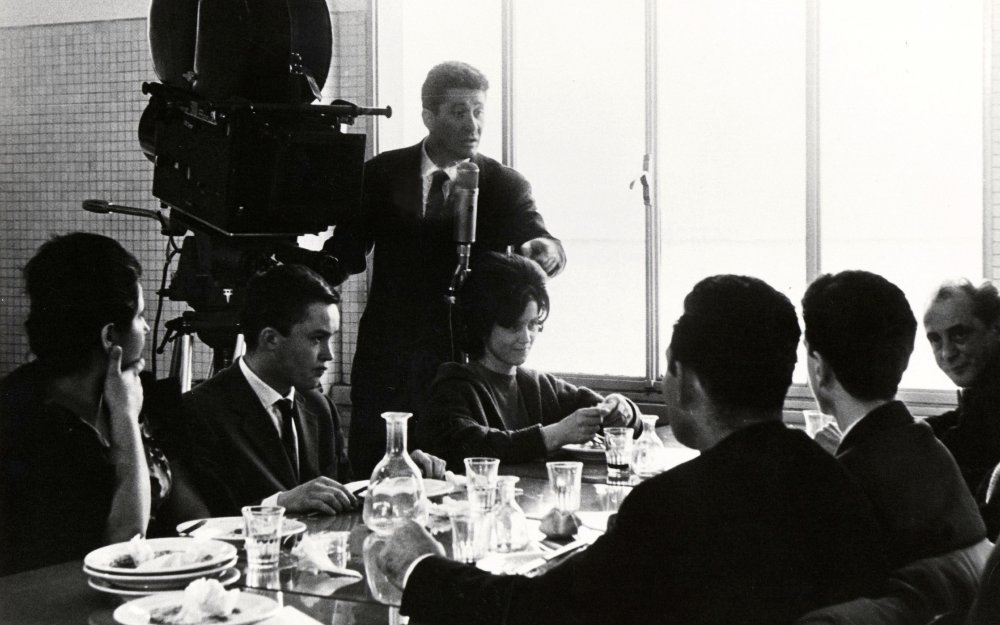
Ermanno Olmi shooting Il Posto (1961)
As the 1960s began, Olmi continued making documentaries, before embarking on his second film. The Job (Il Posto, 1961) saw the director draw on his own experiences of arriving at the offices of Edison as a 16-year-old almost 15 years earlier. We follow young Domenico (Sandro Panzeri) as he is confronted with the reality of office life and undergoes tests, exercises and interviews. Along the way he meets fellow worker Antonietta (Loredana Detto – the actress to whom Olmi would be married for over 50 years).
Observational and low-key in style, the film was criticised in some quarters for its bleak portrayal of office life. “Beneath his droll sense of humour, Olmi’s involvement in his subject is depressed,” wrote Eric Rhode in 1976. “His depression takes the form of a chronic pessimism about the nature of human organisations.”
Olmi did not necessarily disagree with such readings. Indeed, replying to Tassone’s comments that Il posto presented the viewer with a Kafkaesque vision, he admitted: “The structure of a big company is Kafkaesque. In an office with many desks, the one nearest the manager is the most important. Instinctively, the worker feels like a link in a chain and tries to get closer to the one who has power.” This scenario is of course played out in one of Il posto’s most memorable scenes.
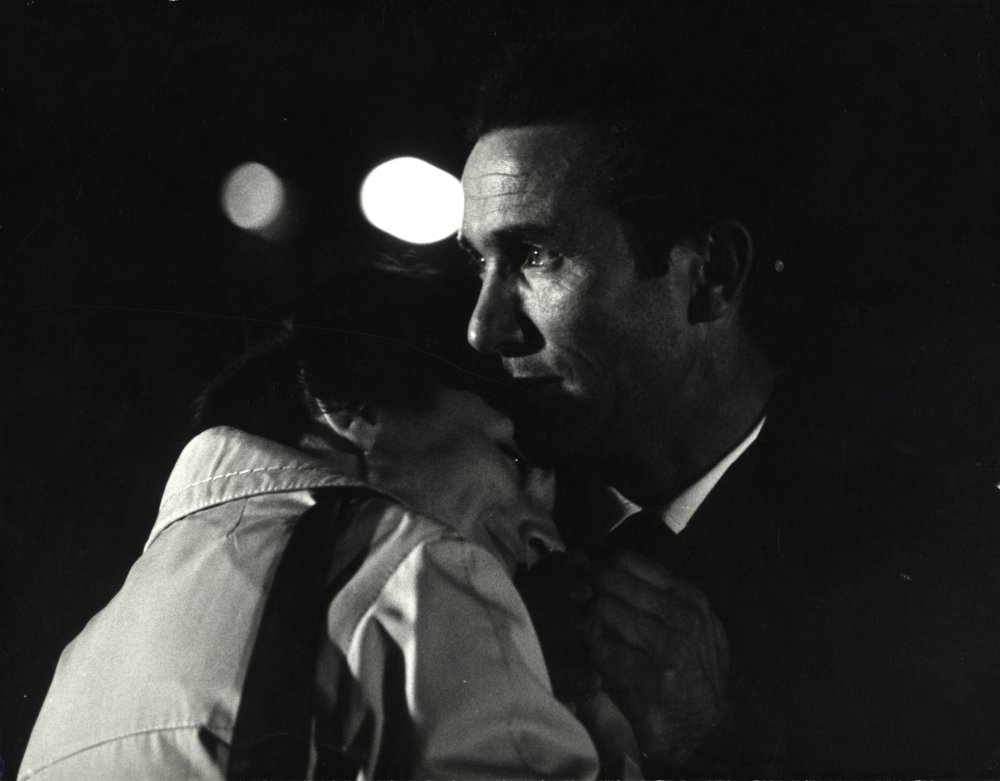
I Fidanzati (The Engagement, 1963)
Olmi’s second feature, I Fidanzati (1963), is the story of Giovanni and Liliana (Carlo Cabrini and Anna Canzi), a young couple from Milan whose relationship is tested when Giovanni is sent by his company to work in Sicily. This film, like Il posto, proved to be hugely influential – its mark can be felt on works ranging from the 1960s Czech New Wave cinema of Miloš Forman and Ivan Passer to the recent output of directors such as Mike Mills (who talks about his admiration for Olmi in a 2016 Under the Influence video for Criterion).
After his breakthrough features of the early 60s, Olmi continued to work in both documentary and fiction, with notable titles including Harry Saltzman-produced A Man Named John (1965), a film based on the youthful diaries of Angelo Giuseppe Roncalli, the future Pope John XXIII. In the 1970s, before the prize-winning triumph of The Tree of Wooden Clogs, Olmi made another of his best pictures, La circonstanza (1973), a portrait of bourgeois alienation to rival the best of Michelangelo Antonioni.
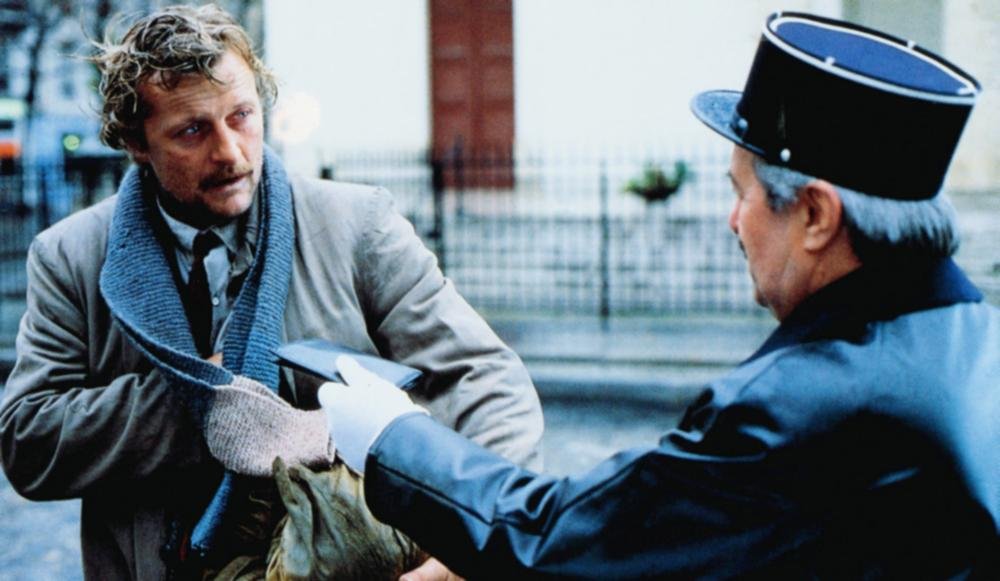
The Legend of the Holy Drinker (1988)
Between the late 1980s and early 90s, Olmi brought two literary fables to the screen. Based on the Joseph Roth novella, Paris-set The Legend of the Holy Drinker (1988) starred Rutger Hauer as a drink-addled vagrant. 1993’s The Secret of the Old Woods was an adaptation of a novel by Italian magical realist Dino Buzzati and featured Paolo Villaggio as a scheming retired army colonel. Olmi’s output in the early 2000s included austere historical drama The Profession of Arms (2001) and the anthology film Tickets (2005), a collaboration with directors Ken Loach and Abbas Kiarostami.
Olmi continued working well into his 80s. His final film, See, I Am One of You (2017), was a nonfiction portrait of the Archbishop of Milan, Cardinal Carlo Maria Martini. Despite declaring he had shot his last fiction film with One Hundred Nails (2007), Olmi made a comeback with the affecting WWI drama The Meadows Will Return (2014). After The Tree of Wooden Clogs, it saw the director explore his family history one final time, by drawing on conversations with his father, a veteran of the Great War.
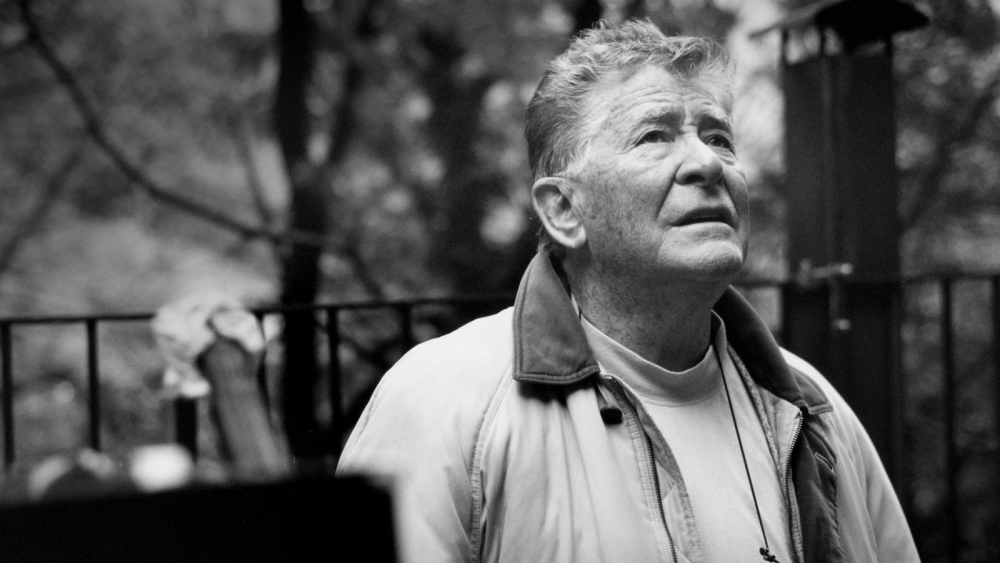
Ermanno Olmi
-
The Digital Edition and Archive quick link
Log in here to your digital edition and archive subscription, take a look at the packages on offer and buy a subscription.




